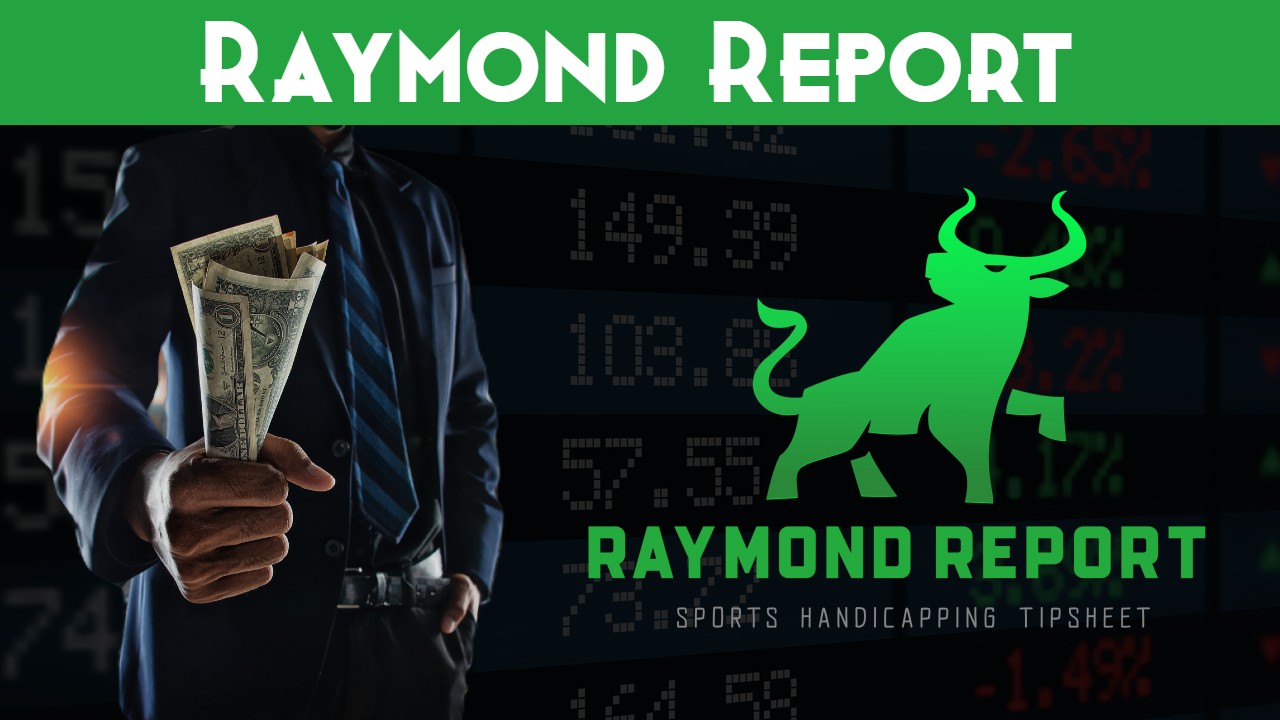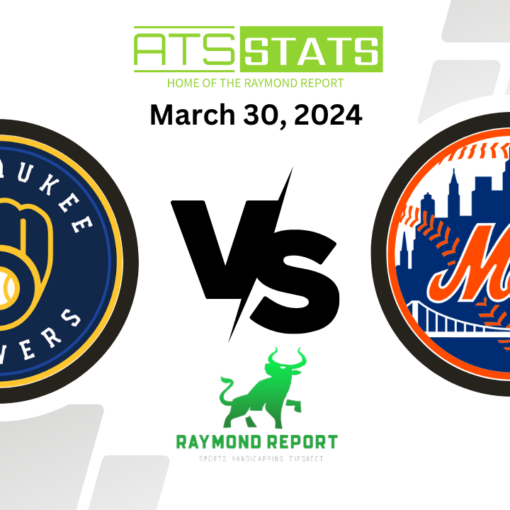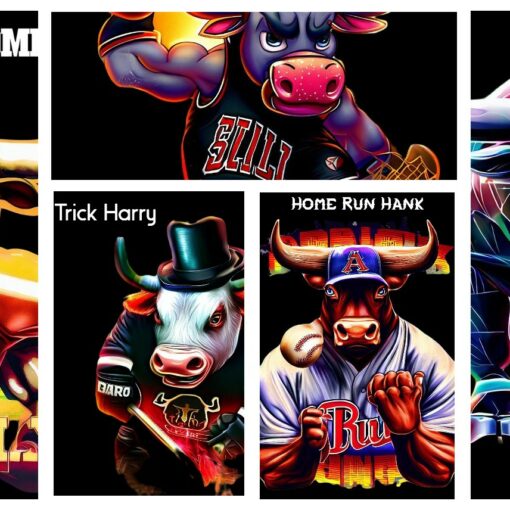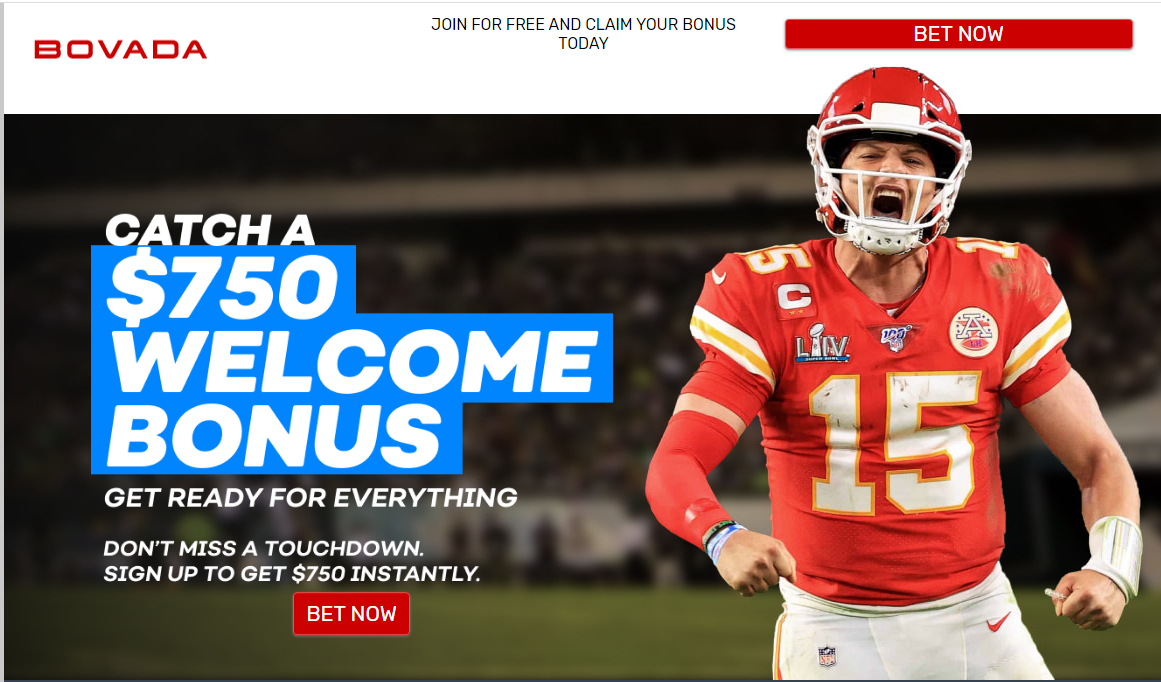
Are you tired of losing money on sports betting? If so, it may be time to try a new system. The Raymond Report Sports Betting System, founded by 27-year veteran sports handicapper Ron Raymond, who has been helping bettors make smarter and more profitable bets for over two decades. Here’s how you can incorporate this system into your handicapping:
5 Fundamentals of the Raymond Report
- Find value in the price. When calculating the “value” of a line or price, the Raymond Report looks for the margin of error between the bookmaker’s line, the final result of a past game, and then produces the value of what the line should be in the next game. This is based on the perception vs. reality of the line, helping you identify a potential profitable opportunity.
- Play the percentage. The Raymond Report believes that every time a team wins or covers, their chances of repeating that same action decreases based on the law of average theory. This is known as the “percentage play.” The chances of winning and going over are calculated, and the system provides a percentage that indicates the likelihood of the team repeating that action.
- Monitor performance cycles. Just like the stock market, every team goes through winning and losing streaks. The Raymond Report Value Index is based on the current market psychology of the betting public, based on a team’s 7-game cycle. This helps you identify the right “performance cycle” to bet on a team.
- Consider player availability. Injuries and suspensions can have a significant impact on a team’s performance. The Raymond Report takes this into account, helping you make more informed betting decisions.
- Use a discipline money management system. The Raymond Report recommends that you never force a pick because you need action on a game. Additionally, never chase losing bets on a bad day. Bet with your wallet, not your heart.
Some examples of how this system can help you make more profitable bets:
- A-type teams have a better chance of winning their next game vs. C-type teams. This is because A-type teams are above average and have high public confidence, while C-type teams are below average and have low public confidence. Tier 2 teams, or B-type teams, are average and have moderate public confidence.
- The system provides a percentage for the chances of a game going over. For example, if there’s a 60% chance of the game going over, there’s a 40% chance of the game going under. This can help you make informed decisions on whether to bet on the over or the under.
- The Raymond Report’s Value Index can help you identify a team’s performance cycle. If a team is in a bullish cycle, meaning they have won several games in a row, they are more likely to continue their winning streak. If they are in a bearish cycle, meaning they have lost several games in a row, it may be best to avoid betting on that team.
Comparable Sports Betting Systems and Theories
There are many sports betting systems and theories available, and each one has its strengths and weaknesses. Here is a comparison of the Raymond Reports Sports Betting system to other popular systems and theories.
- The Kelly Criterion: The Kelly Criterion is a popular system that involves calculating the optimal size of a series of bets based on the bettor’s edge in a given situation. The goal is to maximize long-term profits by betting more when there is a higher edge and less when there is a lower edge. The Kelly Criterion is a more mathematically-driven approach to sports betting than the Raymond Report system, and may be more suitable for bettors who are comfortable with numbers and statistical analysis.
- The Consensus Method: The Consensus Method involves analyzing data from multiple sources to identify trends and patterns that can help bettors make more informed wagers. This approach is similar to the Raymond Report’s focus on situational handicapping and identifying value in the lines. However, the Consensus Method is a more data-driven approach and may be more suitable for bettors who prefer to rely on statistics and data analysis.
- The Contrarian Betting Theory: The Contrarian Betting Theory involves going against the public consensus and betting on the underdog or less popular team. This theory is based on the idea that the public tends to overvalue popular teams, leading to inflated lines and a lower chance of winning. The Contrarian Betting Theory is a more risk-averse approach than the Raymond Report system, which focuses on finding value in the lines rather than going against the public consensus.
- The High Roller Theory: The High Roller Theory involves placing large bets on single games or events. This approach is more suited to bettors with larger bankrolls who are comfortable taking on more risk in the hopes of a larger payout. The High Roller Theory is a higher-risk approach than the Raymond Report system, which emphasizes disciplined money management and avoiding emotional decision-making.
Free Raymond Report Tipsheets
Here’s a sample of the Free Raymond Report, but you should really consider trying the full Raymond Report inside our members area.
- Free MLB Raymond Report
- Free NBA Raymond Report
- Free NHL Raymond Report
- Free NFL Raymond Report
- Free CFB Raymond Report
- Free CFL Raymond Report
- Free Horse Racing Raymond Report
In conclusion, the Raymond Report Sports Betting System is a comprehensive and reliable system that can help you make more profitable bets. By incorporating its five key fundamentals, you can make informed decisions based on data and analysis rather than guesswork. With examples such as using the percentage play and the importance of A-type teams, this system can give you an edge in the sports betting market.





